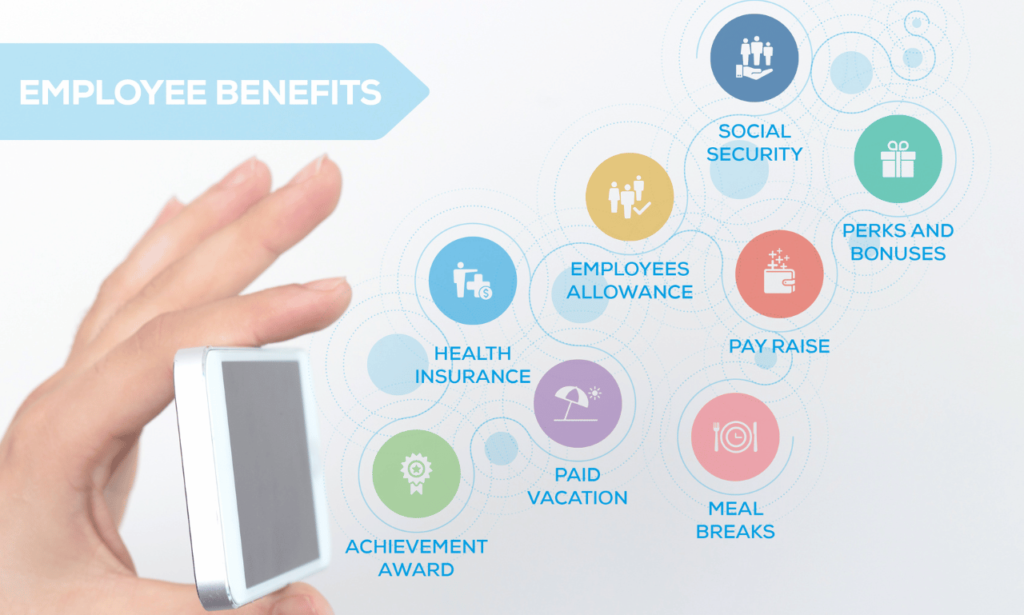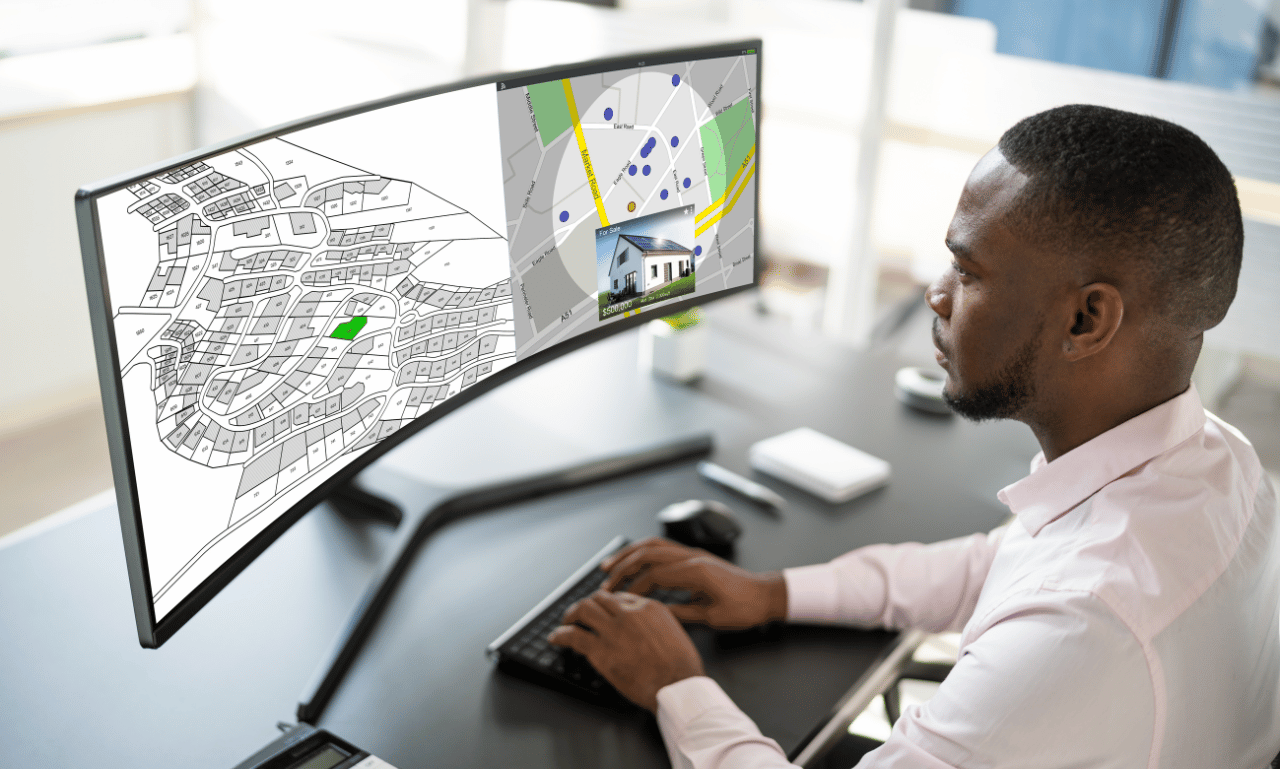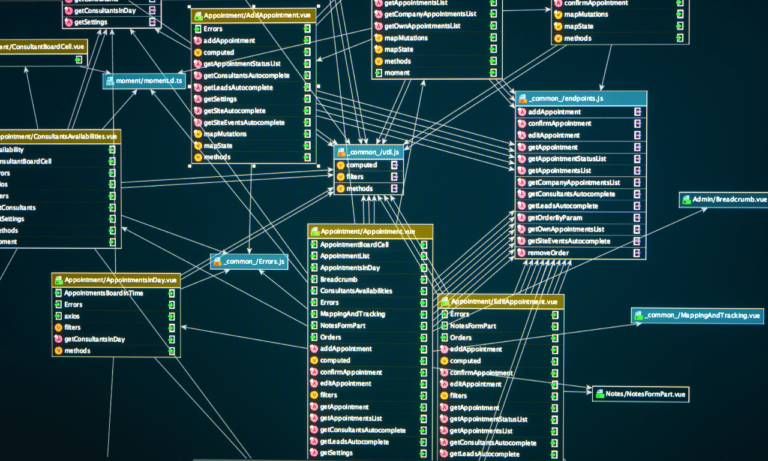Phone:
(+65)8319-0742
In today’s dynamic educational landscape, Concept Mapping in education has surfaced as a cornerstone strategy, enriching learning experiences, and bolstering critical thought. It forges a path for learners and educators alike to navigate the intricate terrains of knowledge with greater clarity and depth. Envisioning how topics interweave and complement each other, Concept Mapping strategies serve as a cognitive compass, charting a course toward academic excellence and inclusive dialogue.
The transformative power of Concept Mapping applications lies in their adaptability across various disciplines, inviting pedagogical creativity and expanding the horizons of how information is synthesized and applied. By embedding this visual technique in the heart of educational practices, we stand on the cusp of a reinvigorated approach that celebrates knowledge as an interconnected web of insights, waiting to be explored.
Key Takeaways
- Concept Mapping strategies bolster cognitive clarity and critical thinking.
- Concept Mapping in education encourages a deepened understanding of curriculum interconnectivity.
- Adaptability of Concept Mapping applications ensures relevance across disciplines.
- Visual tools, as seen in Concept Mapping, invite pedagogical innovation and creativity.
- Concept Mapping fortifies an inclusive academic dialogue among learners and educators.
Understanding Concept Mapping and Its Place in Education
The practice of Concept Mapping for learning is akin to charting a course through complex intellectual territories. It constructs a visual scaffold, rendering abstract information into legible, interconnected webs of knowledge. Since its inception in the 1970s, professionals in the field of education have wielded concept maps as a powerful tool for cognitive development and knowledge assessment.
Concept Mapping benefits educators and students alike by illuminating the links between different ideas. For learners, this visual representation lessens the burden of information overload and guides understanding through intricate subject matter. For instructors, concept maps serve as lenses to examine and enhance their own teaching methodologies.
- Facilitating deep learning through visual aids.
- Decreasing cognitive overload by organizing information efficiently.
- Promoting critical thinking by revealing connections between concepts.
Imparting the ability to critically assess academic content is a hallmark of effective education. Concept maps provide a structured, methodological approach to nurture this aptitude, aligning teaching strategies with pedagogic outcomes. In embracing Concept Mapping examplesâwhether it be through outlining the water cycle or tracing historical eventsâstudents and teachers bridge conceptual understanding with practical application.
In the journey of enlightenment, Concept Mapping stands as a beacon. It not merely sketches knowledge; it is a conduit for questioning, a framework for dialogue. Thus, the true potential of Concept Maps lies not in the map itself, but in the minds it enlightens and the educational practices it refines.
Concept Mapping as a Scaffolding Tool

As educators explore Concept Mapping strategies, they unveil how these visual tools aid in distilling complex information into accessible knowledge. By utilizing Concept Mapping techniques, instructors and students alike traverse the abstract landscapes of various subjects, rendering them navigable through visual representation.
The Theoretical Underpinnings of Concept Maps as Scaffolding Devices
Concept Mapping has found a stable foothold in education, where its fusion of graphic depiction and organizational frameworks align with the pedagogical goal of simplifying elaborate conceptual arrangements. These conceptual constellations are based on the bedrock of collaborative theory, emphasizing the importance of shared knowledge and visual consensus in educational settings. Recognizing how Concept Mapping in education leverages the cognitive capabilities of learners to structure and understand information is pivotal to its scaffolding success.
Visualizing Complex Ideas: Case Studies and Applications
In the intricate world of Biochemical Sciences, Concept Mapping examples showcase the intricate pathways and physiological processes that can overwhelm even the most studious minds. Political Science applications, on the other hand, employ these tools to dissect and demystify the layers affecting belief systems and governance. The practicality of these applications demonstrates that Concept Mapping exercises are not merely academic exercises but essential instruments in demystifying complex intellectual terrains.
From Curriculum Development to Faculty Collaboration
Delving further into the realm of Concept Mapping applications, we discover its role as a collaborative bridge between curricula and educators. These Concept Mapping tools facilitate the synchronization of instructional philosophies, promoting a consistent pedagogical approach while honoring the diversity of individual teaching methodologies. The engagement it fosters not only strengthens curriculum cohesion but also inspires academic innovation within the teaching community.
By exploring the versatile nature of Concept Mapping applications, educators can enhance their techniques, strategies, and tools, augmenting the educational experience for all involved.
| Concept Mapping Domain | Techniques Used | Benefits | Applications in Education |
|---|---|---|---|
| Biochemical Sciences | Hierarchical structuring, Cross-linking | Simplifies complex pathways | Visualizing metabolic processes |
| Political Science | Thematic relationships, Cause and effect chains | Clarifies political dynamics | Analyzing governance and policy-making |
| Curriculum Development | Cognitive mapping, Collaborative design | Fosters pedagogic coherence | Aligning educational standards |
| Faculty Collaboration | Consensus diagrams, Shared knowledge spaces | Encourages academic partnership | Interdisciplinary teaching approaches |
Pedagogic Benefits of Utilizing Concept Mapping Techniques

In today’s educational paradigm, Concept Mapping benefits stand out, as they play a pivotal role in reinforcing higher-level cognitive outcomes. These visual tools are instrumental in developing analytical and evaluative capabilities. The application of Concept Mapping across diverse learning environments is not merely a trend but a reflection of its deep-rooted value in pedagogy.
For instance, the construction and analysis of Concept Maps serve to embed knowledge within the learner’s existing cognitive structure. This leads to more potent learning experiences, as students are better equipped to see connections and relationships within the course material. Such exposure to Concept Mapping tools not only solidifies memory but also cultivates a capacity for critical thinking.
Integral to the versatility of Concept Mapping is its adaptability across varying disciplines and levels of complexity. Educators harness the power of Concept Mapping to break down intricate subject matter, making it more digestible for students. This simplification does not subtract from the depth of understanding but, rather, enhances it, encouraging a layered engagement with the material.
The following table outlines the core benefits of utilizing Concept Mapping in a pedagogic context:
| Benefit | Description |
|---|---|
| Memory Retention | Concept Mapping reinforces recall by associating new information with existing knowledge frameworks. |
| Conceptual Understanding | Mapping techniques enable the structuring of complex theories into digestible formats, spurring comprehensive learning. |
| Critical Engagement | Learners are encouraged to critique and connect ideas, fostering a deeper level of interaction with the subject matter. |
| Learning Adaptability | Students practice applying knowledge flexibly across multiple contexts, a key skill in an ever-evolving educational landscape. |
To conclude, the consistent integration of Concept Mapping tools in educational settings signifies the recognition of its myriad Concept Mapping benefits. Educators and learners alike are empowered by the enhanced communication of ideas and the facilitation of a more explorative cognitive process leading to sustained and meaningful learning outcomes.
Incorporating Concept Mapping Software and Tools in the Classroom

The integration of Concept Mapping software into today’s classrooms has ushered in a transformative era for educational methodologies. The advancement of Web-based applications provides an interactive platform for learners and educators to engage with curriculum in dynamic ways, enhancing not only the mapping experience but also reinforcing Critical thinking in education.
Interactive Learning with Web-Based Mapping Tools
Web-based applications have redefined the boundaries of interactive learning. Students can now construct and manipulate concept maps with ease, fostering collaboration in real-time. Multimedia content can be seamlessly integrated into these maps, creating an enriched learning environment that extends beyond traditional textbooks and lectures.
Enhancing Critical Thinking Through Concept Mapping Integration
Adopting Concept Mapping strategies within education frameworks nurtures an analytical mindset. By critically assessing and visualizing relationships between concepts, students gain a deeper understanding of the subject matter. Such competencies are vital for preparing students to systematically approach complexities and make judgments grounded in logical reasoning.
Mind42, Bubbl.us, and Gliffy: Laying Out the Options
As we survey the landscape of Concept Mapping tools, diversity in functionality and interface stand out among different platforms. Whether through the comprehensive features of Mind42, the user-friendly design of Bubbl.us, or the detailed diagrams achievable with Gliffy, each tool presents unique advantages tailored to various educational needs.
| Tool | Key Feature | User Level | Interface | Collaboration |
|---|---|---|---|---|
| Mind42 | Rich features for complex maps | Intermediate to Advanced | Feature-rich | Good for team projects |
| Bubbl.us | Simple and intuitive | Beginner | User-friendly | Suitable for individual and small groups |
| Gliffy | Wide range of shapes and export options | Advanced | Detailed | Excellent for detailed mapping |
By leveraging these Mapping Tools Overview, classrooms can become incubators for innovation, where every student’s potential can be fully realized through the power of visual learning and critical thinking.
Conclusion
Through its adaptability and dynamic approach, Concept Mapping has become more than just a learning tool; it has emerged as a cornerstone for visualizing complex ideas in classroom settings. This innovative approach to education is not only beneficial for laying out conceptual frameworks but also for the development of critical curriculum components. The power of Concept Mapping resides in its ability to turn abstract concepts into tangible visual elements that enhance comprehension and retention among learners, showcasing the practical Concept Mapping benefits in various educational scenarios.
Furthermore, the proliferation of digital tools has democratized access to Concept Mapping, allowing educators and students alike to transform how they approach learning. From interactive web-based platforms to sophisticated software, these technologies have made it easier than ever to create intricate maps that exemplify the most effective Concept Mapping examples. As we incorporate these tech-driven solutions into educational institutions, we facilitate a more collaborative and student-centered learning environment where complex ideas are mastered with clarity and ease.
The integration of this strategic learning framework into educational practices signifies a significant leap towards cultivating environments where active learning and critical thinking are at the forefront. The utility of Concept Mapping in curriculum development, paired with its efficacy in fostering significant educational collaborations, solidifies its role as an indispensable asset. Educators and learners equipped with this powerful tool are better prepared to navigate the intricacies of knowledge, cultivating a pedagogic ecosystem where every idea, no matter how complex, can be unraveled and understood in its fullest form.
FAQ
What is Concept Mapping, and how is it used in education?
Concept Mapping is a graphical tool that represents knowledge and illustrates the relationships between different concepts. In education, it is used as a scaffolding tool to help learners understand and visualize complex ideas, promote critical thinking, and enhance learning and retention.
Can you provide some examples of Concept Mapping in education?
Examples of Concept Mapping in education include mapping out the historical events and their causes in a history class, outlining the steps of the scientific method in a science lesson, or representing the themes and characters in a piece of literature in an English class.
What are the benefits of using Concept Mapping as a learning tool?
The benefits of using Concept Mapping include aiding memory retention, clarifying complex relationships, fostering analytical and evaluative thinking, enhancing learner engagement, and helping students integrate new knowledge with existing understanding.
How does Concept Mapping serve as a scaffolding tool?
Concept Mapping serves as a scaffolding tool by providing a visual structure that students can build upon as they develop their understanding. It lays out the foundational concepts and relationships, which learners can then expand with more detailed information and deeper insight as their knowledge progresses.
What strategies can be implemented when using Concept Mapping in the classroom?
Strategies for using Concept Mapping in the classroom include starting with broad, general concepts and progressively adding more specific details, encouraging group collaboration on maps to incorporate different perspectives, and utilizing mappings as a formative assessment tool to gauge student understanding.
What are some Concept Mapping software and tools available for educators?
There are various Concept Mapping software and tools available, such as Mind42, Bubbl.us, and Gliffy. These offer functionalities like real-time collaboration, multimedia integration, and various customization options to suit different educational needs.
How do digital Concept Mapping tools enhance the learning experience?
Digital Concept Mapping tools enhance the learning experience by allowing for dynamic and interactive maps that can include links, images, videos, and collaborative features. They support a more engaging and multisensory approach to learning that aligns with the technological competencies of today’s learners.
How can Concept Mapping be integrated into a curriculum?
To integrate Concept Mapping into a curriculum, educators can incorporate it into lesson planning, use it as a brainstorming tool at the beginning of a unit, employ it for summarizing information at the end of a topic, and as an ongoing tool for students to organize their knowledge throughout a course.
What are some Concept Mapping techniques?
Some Concept Mapping techniques include clustering, where related concepts are grouped together; cross-linking to show relationships between different sections of a map; using hierarchical structuring to organize concepts from general to specific; and incorporating color-coding to differentiate between themes or subjects.
How does Concept Mapping promote faculty collaboration?
Concept Mapping promotes faculty collaboration by providing a common visual language that educators can use to share ideas, align curricular goals, and develop interdisciplinary approaches. It facilitates communication and a shared understanding of educational objectives and methodologies.

















